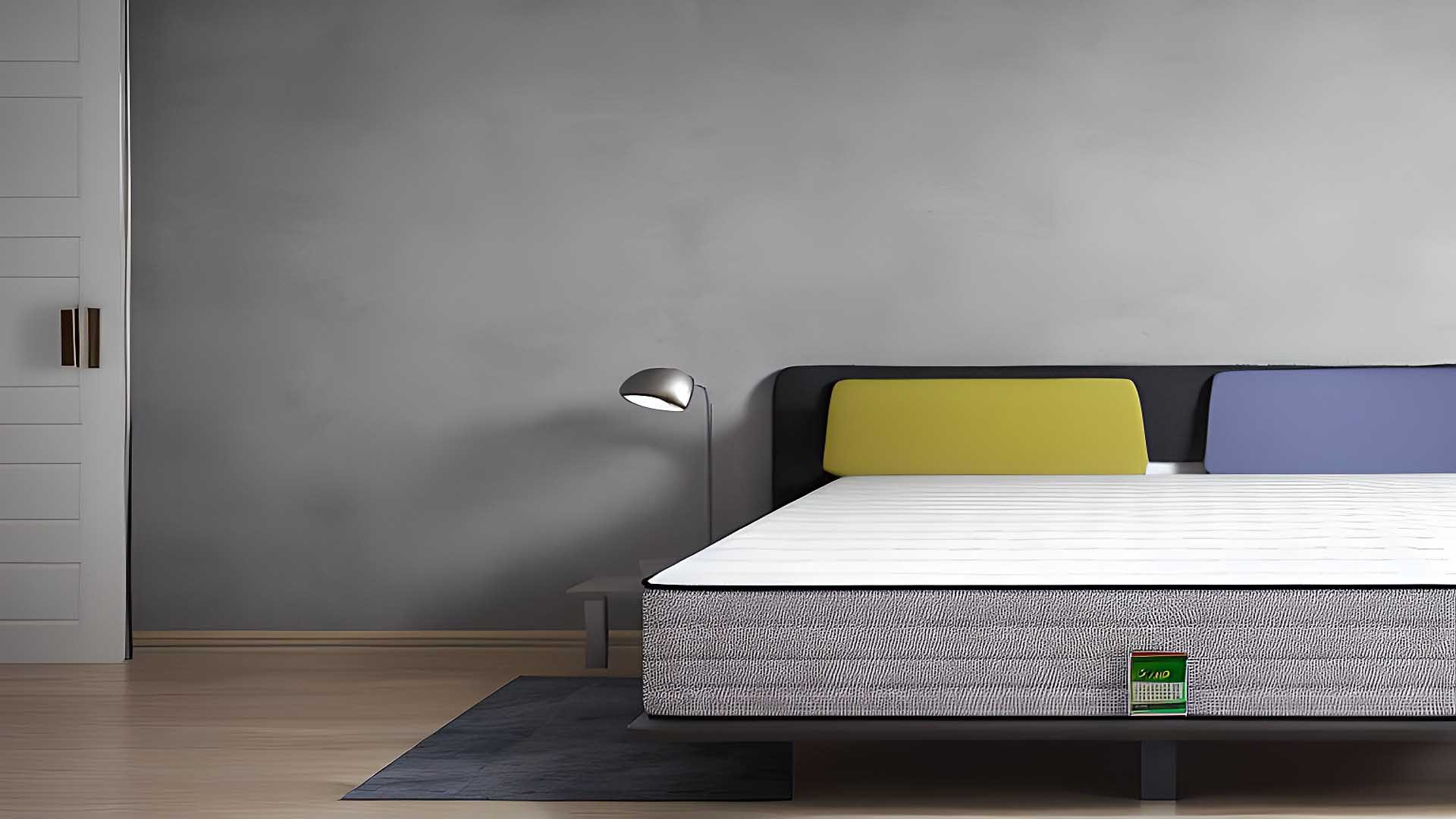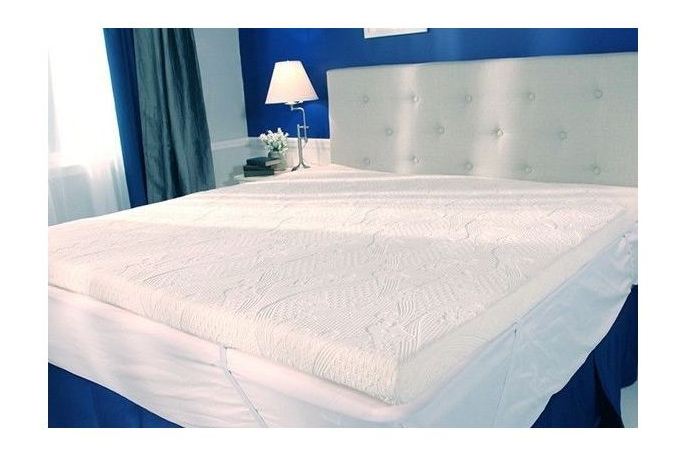Passive solar house designs are a great way to reduce your energy costs and help the environment. Passive solar technology uses the sun’s energy to heat or cool your home without having to install costly and complex heating and cooling systems. With the right design and orientation, your home can be naturally cooled or heated simply by making use of the sun’s position in the sky. Furthermore, efficient passive solar designs have the potential to reduce your utility bills and your energy consumption. In passive solar house design, orientation is an important factor in your home’s efficiency. The orientation of a house needs to be taken into consideration when building in order to make the most of the sun’s rays and heat. This means determining which direction your home will face and which rooms will get the most sun exposure.Passive Solar House Designs
When designing your home for passive solar heating and cooling, consider how the orientation of its walls and roof could influence its energy efficiency. A house facing south receives more sun exposure than one facing north. You can take advantage of this extra sunlight by designing your home to absorb sunlight more naturally. For example, you could install larger windows on the south side of your house to allow more natural light and heat in and place overhangs or awnings on the windows so that you are not overwhelmed with direct sunlight during the hottest part of the day. Similarly, if your home faces east, you can design the overhang on the roof to block the early morning sun to avoid heating up your home during the cooler morning hours. Additionally, make sure to design the windows and walls to better absorb the sun’s energy throughout the day. You can do this by covering the windows with a dark hue and using light-colored materials on the walls to reflect some of the sunlight while allowing heat to move inside.Passive Solar Design & Orientation for Homes
When determining the orientation of a house, the sun’s position and climate should always be taken into account. In a cold climate, a south-facing house will be better at absorbing and retaining heat, while a north-facing house will be more effective at blocking out the sun and keeping the interior cooler. Similarly, in a hotter climate, a southwest-facing orientation is better so that the home can benefit from less direct sun in the late afternoon. Aside from the sun’s position, the design of the house should also be taken into consideration when thinking about orientation. What type of roof do you want to have? Do you want the walls and windows to be designed to enhance the heat retention of your home? How much sun does each room get? Answering these questions will help inform the orientation of your home.Orientation of a House - Factors You Need to Consider
The orientation of a house affects its energy efficiency in a variety of ways. When properly oriented, your home can benefit from increased solar gain, meaning that there’s more natural heat entering the home and less need for additional energy consumption. Additionally, with properly designed overhangs and other elements that direct the sunlight, you can reduce the amount of direct sunlight entering the home while increasing the amount of natural heat. The orientation of your house also affects air movement and ventilation, which can influence the temperature of the home. By strategically placing windows and other air vents, you can direct air flow into the home and create natural ventilation which can also help reduce your energy use.Solar Orientation & Its Impact on Home Energy Efficiency
The orientation of a home has a big impact on its efficiency in terms of sustainability. In order to maximize a home’s efficiency and reduce its environmental impact, it is important to consider the orientation when designing it. By orienting the house in a way that maximizes solar gain, you can reduce the home’s energy consumption. Additionally, if you use the right materials and design elements, you can achieve a house that is even more efficient. For example, if you use light-colored materials and well-insulated walls and roofs, then the home will be better able to retain heat and reduce energy consumption. Additionally, using shading elements such as awnings and overhangs can help to reduce the amount of direct sunlight entering the home while also improving the home’s energy efficiency.Sustainable House Design - How Does Orientation Affect Efficiency?
A south-facing orientation is generally considered to be the best orientation for a home. A south-facing home receives the most sunlight throughout the day, which helps to naturally heat up the interior. South-facing windows also help to bring in more natural light and reduce the need for artificial lighting during the day. Additionally, south-facing houses also have access to a warm summer sun for increased air circulation, which also helps reduce energy costs. However, a south-facing orientation is not always the best for every location. In some climates, a north-facing orientation is better for blocking out the sun’s rays and keeping the interior of the home cooler. It is important to consider the climate and your location when deciding which orientation is best for your home.Is South Facing the Best Orientation for a Home?
Solar orientation for house design is the process of orienting the house and its windows and walls in a particular way so they can take advantage of the sun’s energy. This helps reduce energy costs and create a more sustainable home. As such, it is important to consider solar orientation when designing or renovating a house so it can maximize its energy efficiency. In order to create a well-oriented home, you can use a variety of strategies including installing larger windows on the south side of your house, and adding awnings and overhangs to reduce direct sunlight. Additionally, you must consider the climate and location of the home when deciding which orientation is best for it. Once you’ve decided on the orientation, you can then design the home’s walls, roofs, and windows to optimize its solar gain.Understanding Solar Orientation for House Design
The benefits of solar orientation for house design are numerous when it comes to creating a more sustainable, energy-efficient home. Not only does the right orientation help reduce energy costs, but an oriented house will also have improved air circulation, temperature control, and natural lighting. Additionally, strategically oriented homes can take advantage of the sun’s energy in the winter and reduce its direct heat in the summer. These benefits can be achieved by using a variety of strategies. For instance, designing the roof to slope toward the south can help reduce the amount of direct sunlight in the summer while increasing the amount of reflection and heat absorption in the winter. Additionally, using overhangs and awnings can help to better manage direct sun exposure on the south side of the house. You could also use shading elements to minimize direct sunlight on the east and west sides of the home.Solar Orientation Benefits & Strategies for Sustainable Houses
Solar orientation and passive strategies can improve the design of a house in numerous ways. Not only can the right orientation and design strategies improve the home’s energy efficiency, but they can also create a more comfortable and livable environment. By orienting and designing the house to take better advantage of the sun’s energy, you can drastically reduce the need for artificial lighting, heating, and cooling. Similarly, you can also use passive strategies to improve the interior environment. For example, you can increase the amount of natural light in a room by adding a large window on the south side of the house. Additionally, you can use passive ventilation strategies to cool down the home during the summer months.Improving House Design with Solar Orientation & Passive Strategies
The floors, walls, and roofs of a solar orientation home should be properly insulated. Proper insulation will keep heat and cool air from escaping, thus reducing energy costs and improving the interior environment. Additionally, adding insulation to your home can also help to reduce noise pollution and improve soundproofing. If you want to maximize the insulation of your solar orientation home, you can use light-colored and reflective materials for the walls and roof. This will help to deflect heat away from the home and reduce the amount of direct sunlight entering the home. Similarly, you can also add insulation and thermal mass to the floor and walls for further heat retention. Floors, Walls & Roof Insulation in Solar Orientation Homes
When done correctly, shading is an effective strategy for reducing your home’s energy costs. You can use shading elements such as awnings, overhangs, and trees to reduce direct sunlight and heat entering the home. Additionally, you can strategically place these elements around the home to reduce the amount of heat entering specific rooms. Furthermore, you can use the design of the home to your advantage. For example, a sloping roof can help reduce the amount of direct sunlight entering the home in addition to decreasing its energy consumption. Additionally, creating a pergola or porch outside of the main rooms can help you control the amount of shade and direct sunlight entering the home.Shading Your Home with Design & Solar Orientation
Maximizing Solar Orientation in Home Design

One key component to consider when creating sustainable living space is solar orientation. Smartly designed homes often face south so as to capitalize on solar gain and reap the many benefits of passive solar design. Solar orientation includes orienting the home so that it can absorb as much solar radiation as possible, taking into account seasonal variances, time of day, and other factors. Some houses are even built to face east and west, in order to capture the best of both, often relying on passive solar design and active solar heating to make the most of what is available.
Advantages of Solar Orientation in Home Design

With careful consideration for the orientation of a home when it is designed and constructed, homeowners can often get a significant amount of free heat energy for several months out of the year. Additionally, the annual savings in cooling costs can be significant, especially in climates where cooling is frequent and necessary. A home that is properly solar oriented and designed for maximum passive solar gain also serves as a great natural regulator of temperature, creating a healthy indoor living environment with an improved air quality.
Factors Influencing Solar Orientation

The proximity of nearby buildings and other obstructions, as well as the surrounding landscape , can have an effect on the amount of solar radiation that a home may be able to absorb. The shape and size of windows, as well as the material from which they are constructed, can also be a factor in capturing solar radiation. Careful consideration for these and other natural microclimates can maximize solar gain in a home.
Strategies for EVen Home Heating

When designing for smart solar orientation, certain strategies may be employed to ensure a home is evenly heated throughout the day and night. Thermal mass, such as dense masonry materials that retain heat, may be incorporated into the home's construction to further regulate temperature and reduce penetration of radiant energy from outside. Strategically placed windows and skylights can also help take advantage of solar gain and direct light to desired areas of the home.

















































































